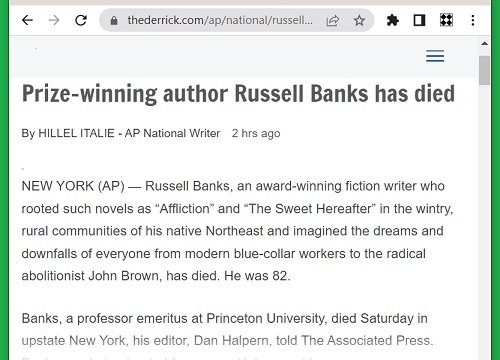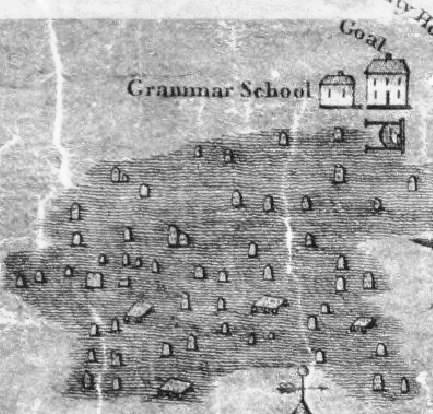August 6: Feast of the Metamorphosis
Adapted from Brief Exhortations:
Geneva Bible:
Romans 12:2 2 And be not conformed to this world: but be ye transformed [metamorphosized] by the renewing of your f mind, that ye may prove what [is] that good, and acceptable, and perfect, will of God.
The word “transformed” is from the Greek word ” metamorphe,” (to transform or change) and is found only in the above verse, in Matthew 17:2 …
Geneva Bible:
Matthew 17:2 And was b transfigured [metamorphosized] before them: and his face did shine as the sun, and his raiment was white as the light.
and in Mark 9:2 …
Geneva Bible:
Mark 9:2 1 And after six days Jesus taketh [with him] Peter, and James, and John, and leadeth them up into an high mountain apart by themselves: and he was transfigured [metamorphosized] before them.
where it is used of the transfiguration of Jesus. It is used in biology with reference to the change of the worm to the butterfly.
Note by S. H. Cullinane, August 6, 2002:
For more on the Geneva (Shakespeare’s) Bible, see Michael Brown’s Introduction.




























